Raw and challenging. Beautiful and unique. I’ve experienced those two faces of Galicia. Here’s the story of non-Spanish speaking kook trying to survive in one of Europe’s best surfing destinations.
I will divide my Galician story in two parts. It’s related to the way we travelled there. In the first one I’ll present my experiences with the South West part of the region, the coastal neighborhood of the cities of Vigo and Pontevedra. In the second one I will focus on A Coruna area, which lies on the North West part of this Spanish surfing paradise.
Home sweet home
Leaving the local airport of Santiago de Compostela and taking the regional roads down the coast we got this weird feeling that we’re back in Poland. Those hills covered with dense forests, simple and humble houses, so different from those in Andalusia, the scents of the Spanish countryside, it all reminded of home. If not for the good quality local roads and closeness of the coast I would have thought that I’m actually back home. And speaking about those local roads, they have two advantages. One is that thanks to them you can feel the real Galicia. Second is that they’re free of charge, not like highways, which are pretty expensive. Believe me, I know.
We live in a manor house
In my post about Conil de la Frontera as a surfing destination I stated that it was hard to find a nice place to stay there. Well, in Galicia it’s much harder. Thankfully a lovely phenomenon exists there and it’s called „pazo”. „Pazo” means a manor house. We were lucky enough to find one in Nigran, a small town within a stone’s throw to Patos beach where I surfed.
No entiendo
Communication in Galicia in the sense of linguistic communication needs to have a separate paragraph in this story. I would like to emphasize one important thing: in Galicia, as in all of northern Spain, you need to speak at least some basics of Spanish! Forget that you’ll be using English. I am so lucky that Mrs_Edita speaks Spanish quite well. I have basics which means that I can order food and alcohol on my own. Of course exquisite exceptions happens among locals. For example, my juvenile surf instructor from Prado Surf School. By the way, I recommend this school, which apart from Patos has several other branches all over the Galician coast. Pro tip if someone wants to book lessons with them before arrival: use their website, but use Spanish. I tried to switch to English during our correspondence. I failed.
The spot
For two days beach in Patos became my surf spot. It’s a beach break with two “zones”. The first – for the less advanced – the gentler, with nice clean lefts and rights. It is just right in front of the Prado Surf office. The second zone is located few hundred meters to the right. It’s definitely for more advanced surfers. The waves are much faster and less forgiving. It is easy to locate. Just pass the rocks.
I surfed in the morning. The waves were reaching 1-1.5 meters. With this surf hight the power of water is still suitable for beginner and intermediate surfers. During the day the swell weakened and the afternoon session was dominated by smaller waves for which the longboards and fish tale boards were the best choice.
I have to admit that the spot is very picturesque. The atmosphere is enhanced by the small islands visible on the horizon and the family, picnic spirit we were able to feel during the afternoon. However, with favorable conditions, this paradise can transform into a survival school. I learned from my instructor that two days before our arrival the beach was hit by a swell with 2-3 meters waves, which – as he honestly admitted – beat the sh… out of him.
Session strategy
According to what I wrote in post entitled “5 rules of a perfect surfing lesson” I adopted a predetermined strategy for the session in Patos. I divided my lesson into 2 parts. I started with a solid warm up (even too solid taking under consideration this red face on the picture below) and then focused on getting to know the break. According to what Andy advised me, I started with couple of belly rides to feel the waves and their power. Then I tried to catch them as many as possible. In the second part of my training I decided to practice a duck dive (a diving technique to break through oncoming waves). By the way, I tried to catch some waves on a short board. No success this time.
Apart from surfing
The Nigran area, together with Patos and the nearby Baiona, is a pleasant, although not intrusive with attractions place. The above mentioned Baiona is in my opinion the most touristic destination of all three. Being there you can walk through the narrow streets of the old town and admire the picturesque marina with a castle next to it. We actually didn’t do that. What we did instead was a few hours eating and drinking session in a cosy local place called La Boqueria.
From Baiona and Vigo you can also go to the beautiful and uninhabited island of Monteagudo (Cies Islands), but it is possible only in the summer. Cities of Pontevedra and Vigo are reserved for the big cities lovers. We will explore them next time.
Read “Surfing destinations: Galicia, part 2”
Thanks for reading. Now go surf!
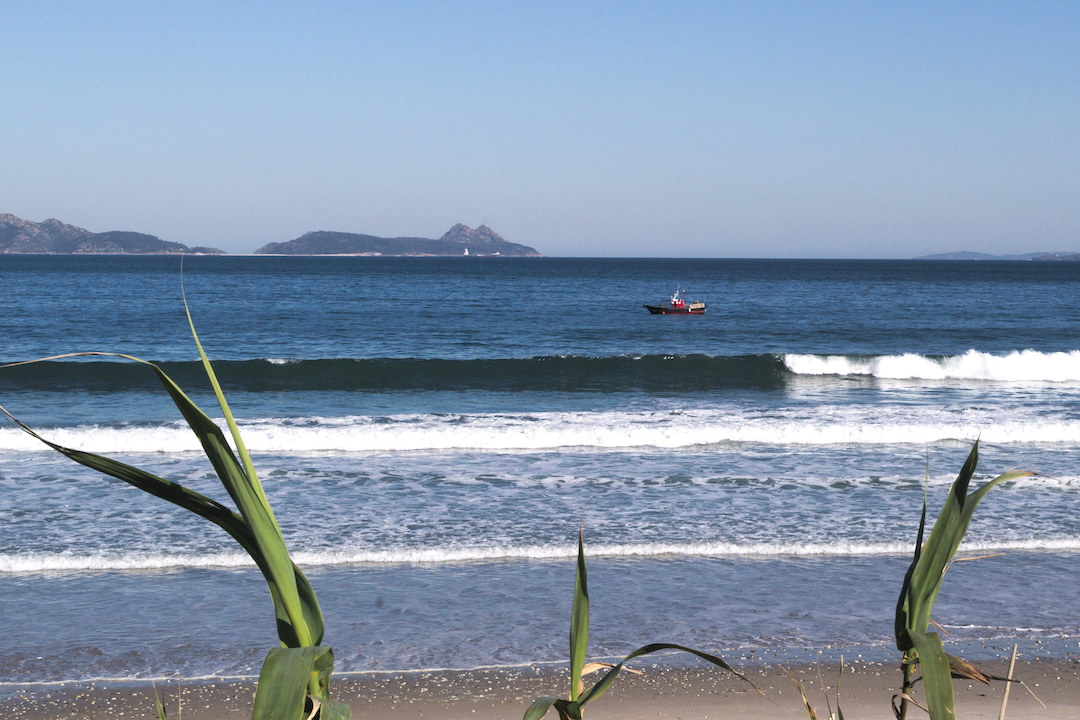
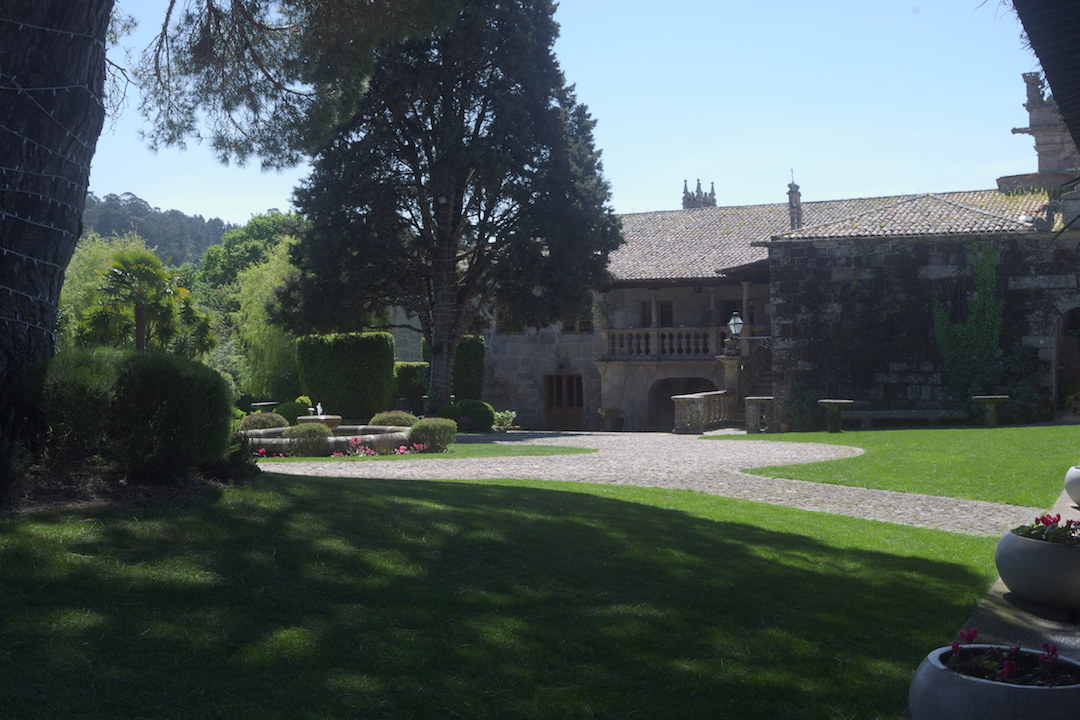
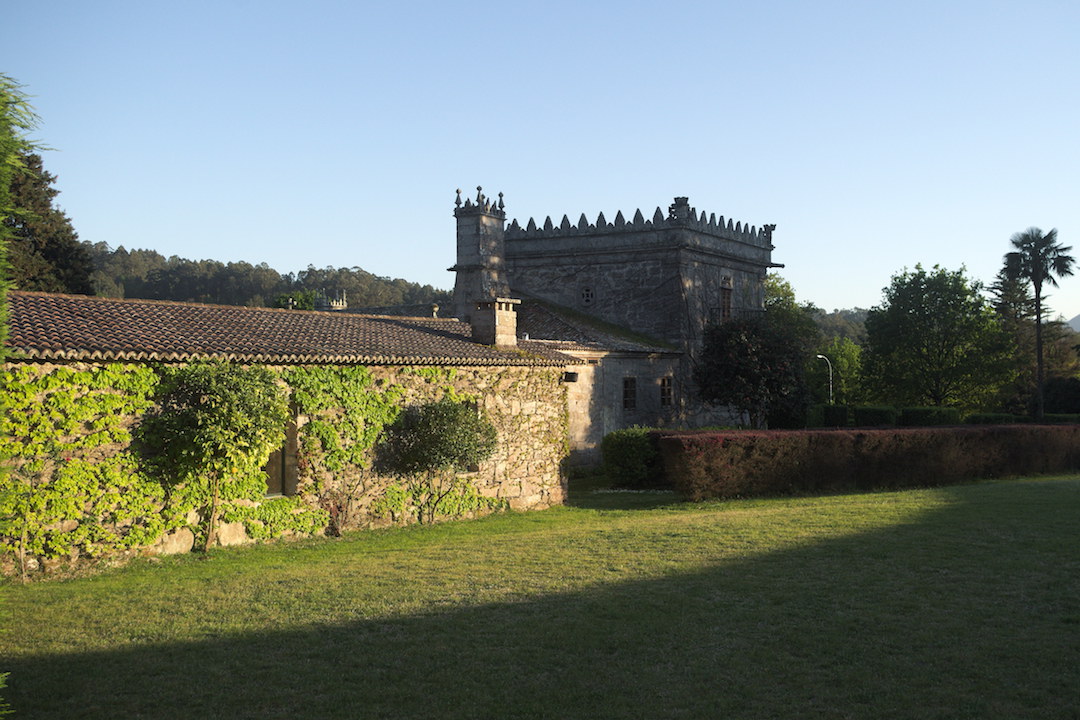
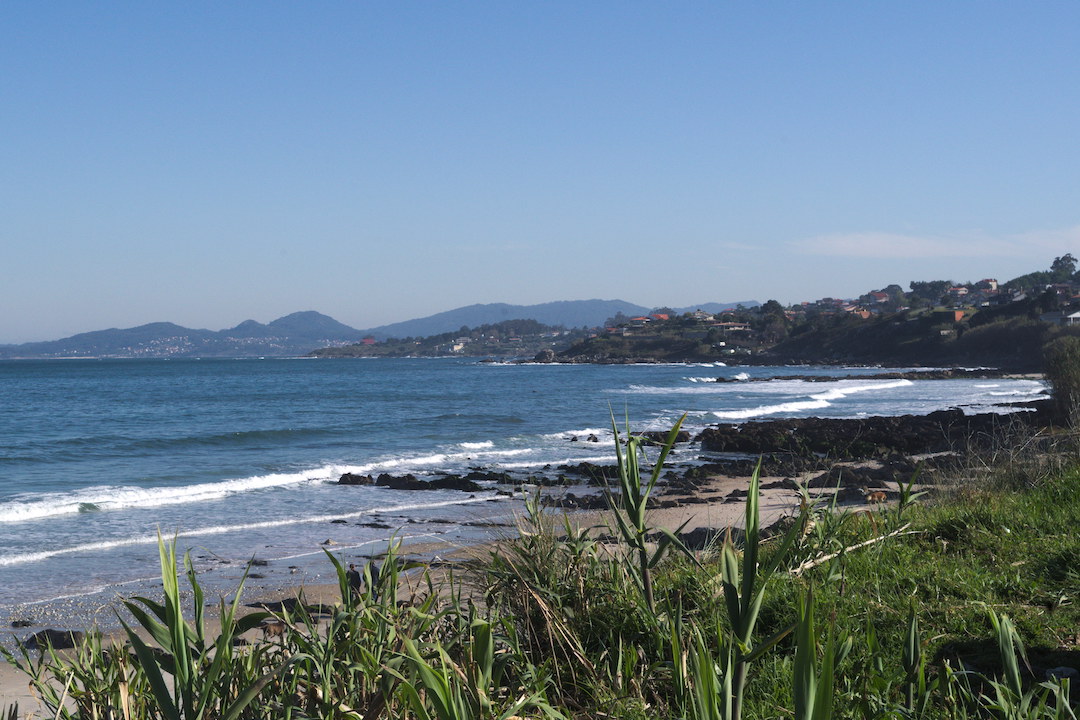

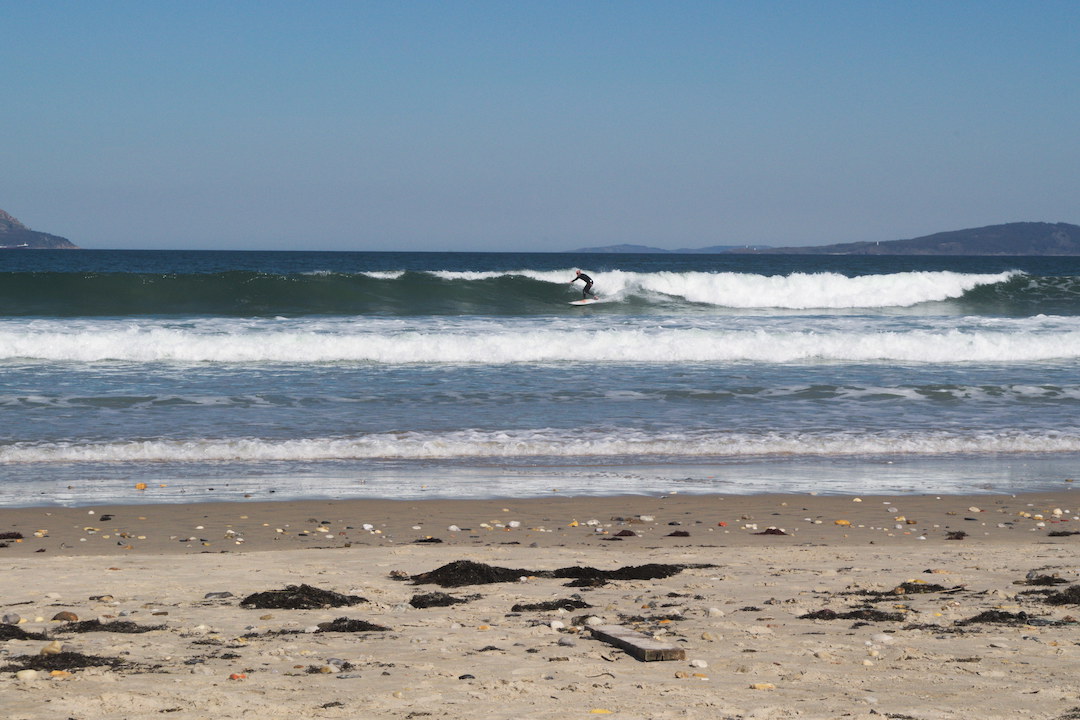
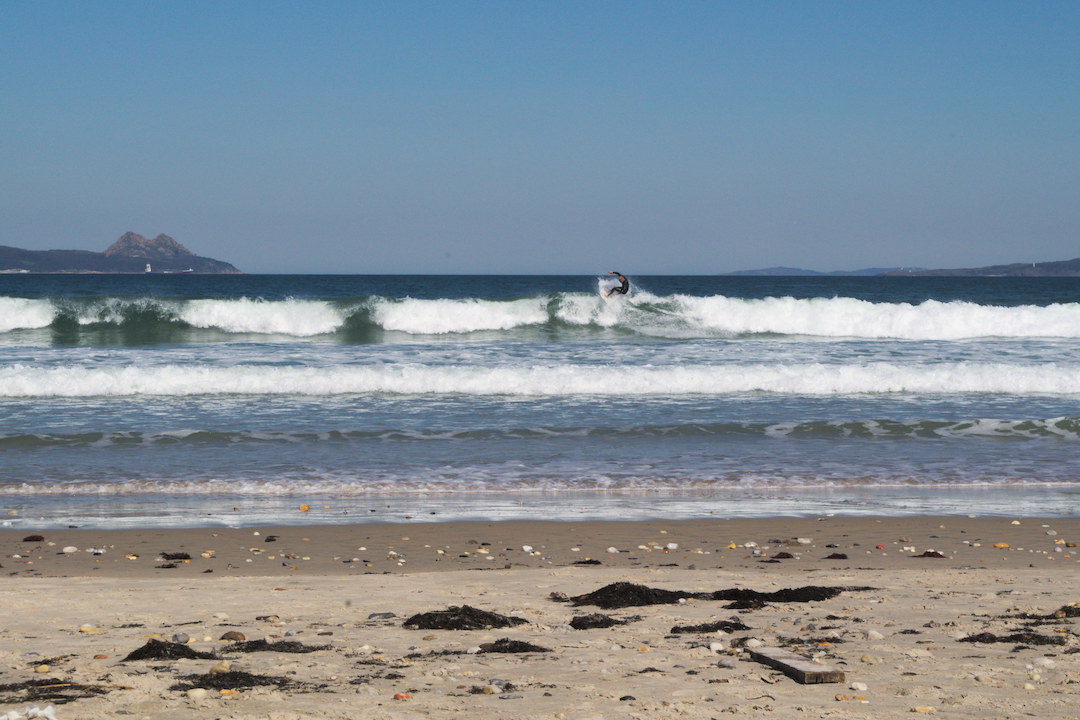
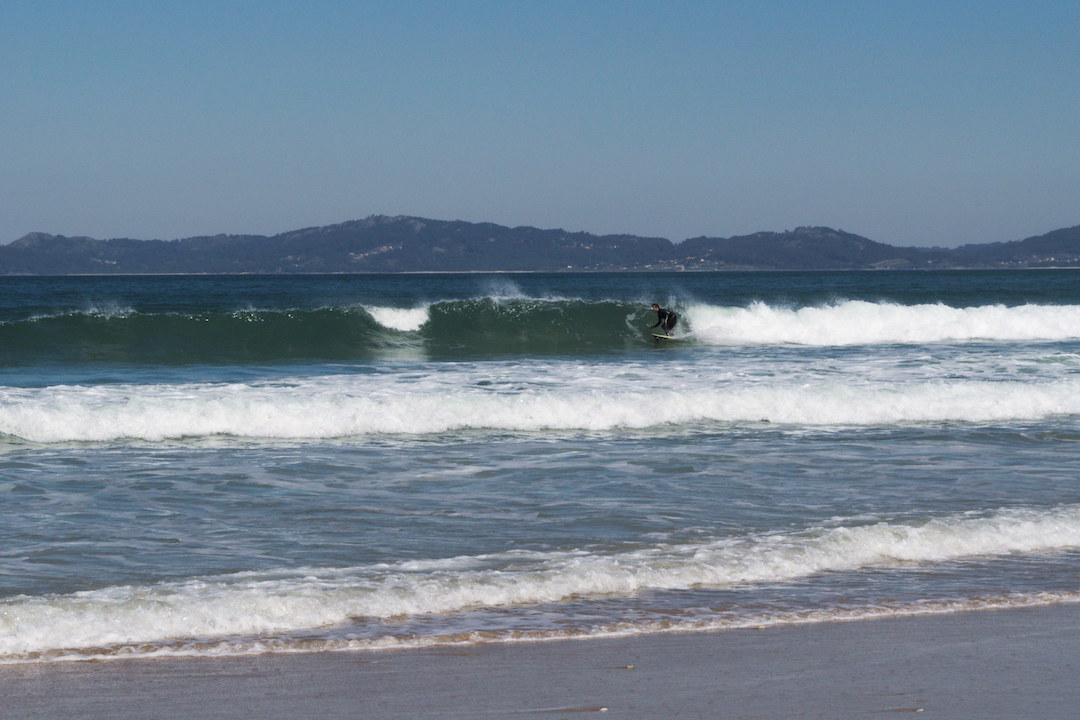
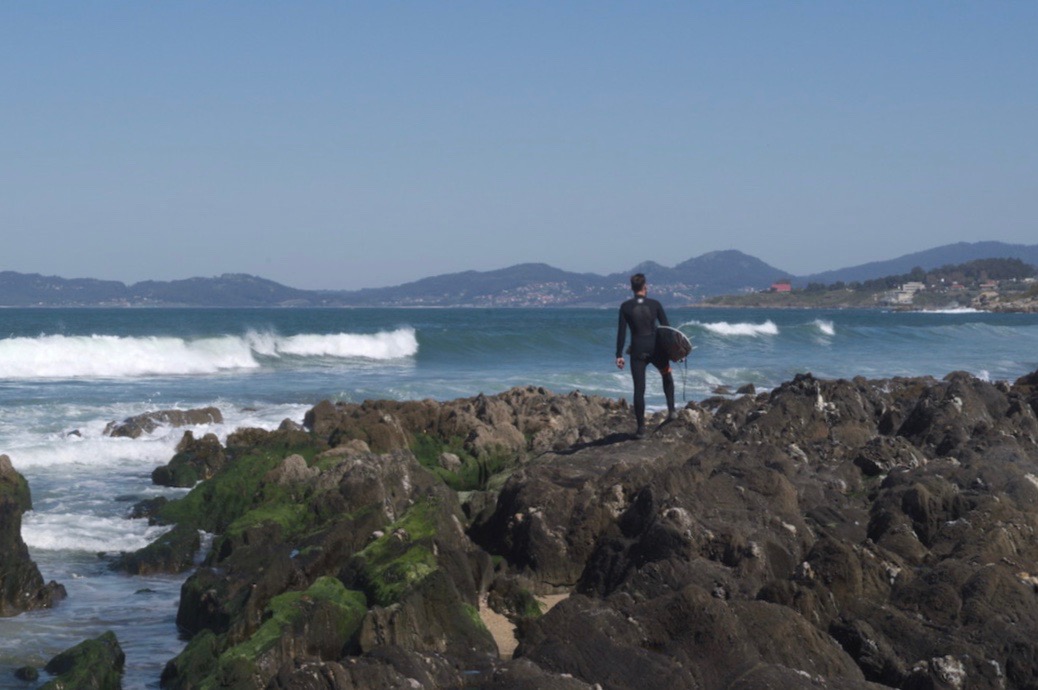
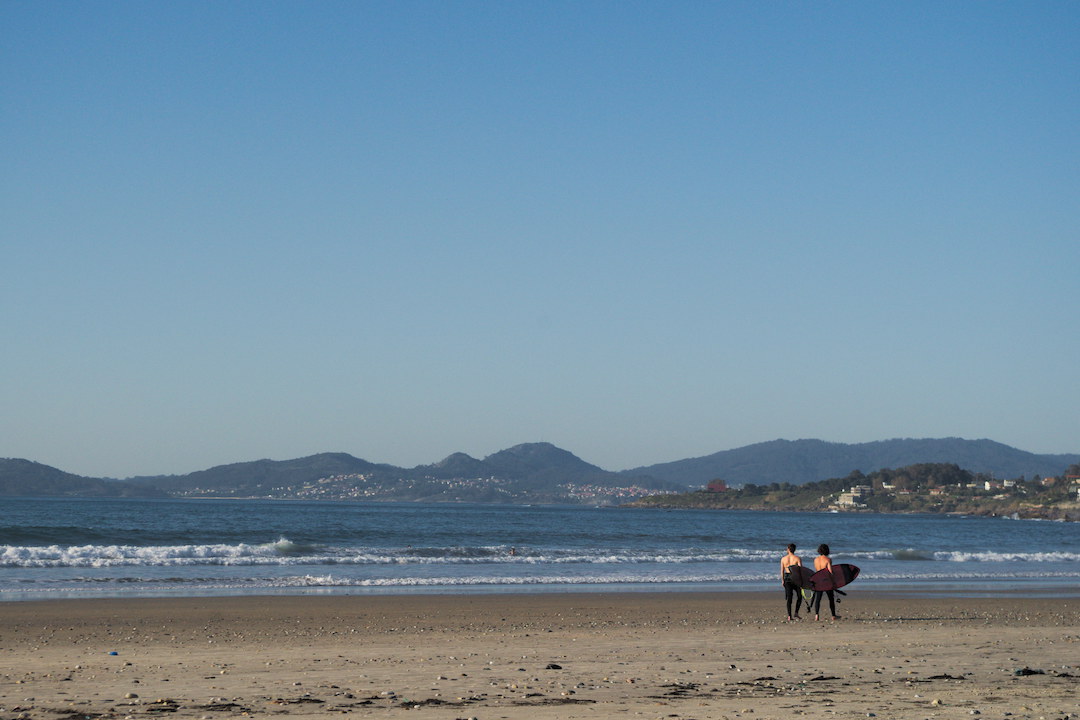
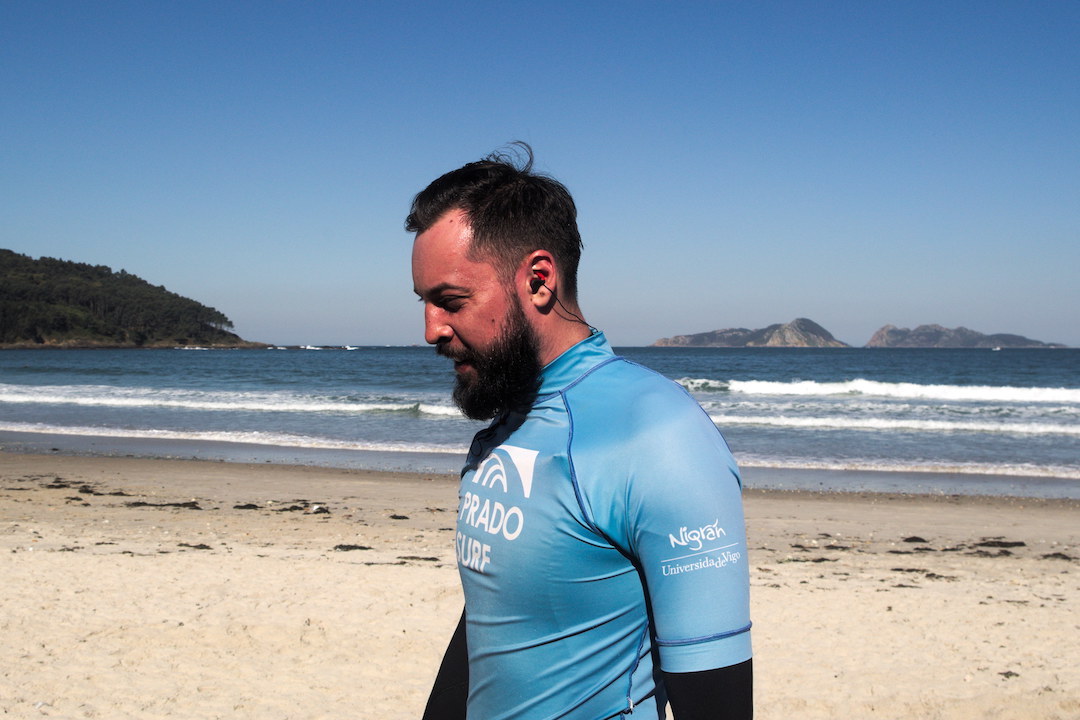
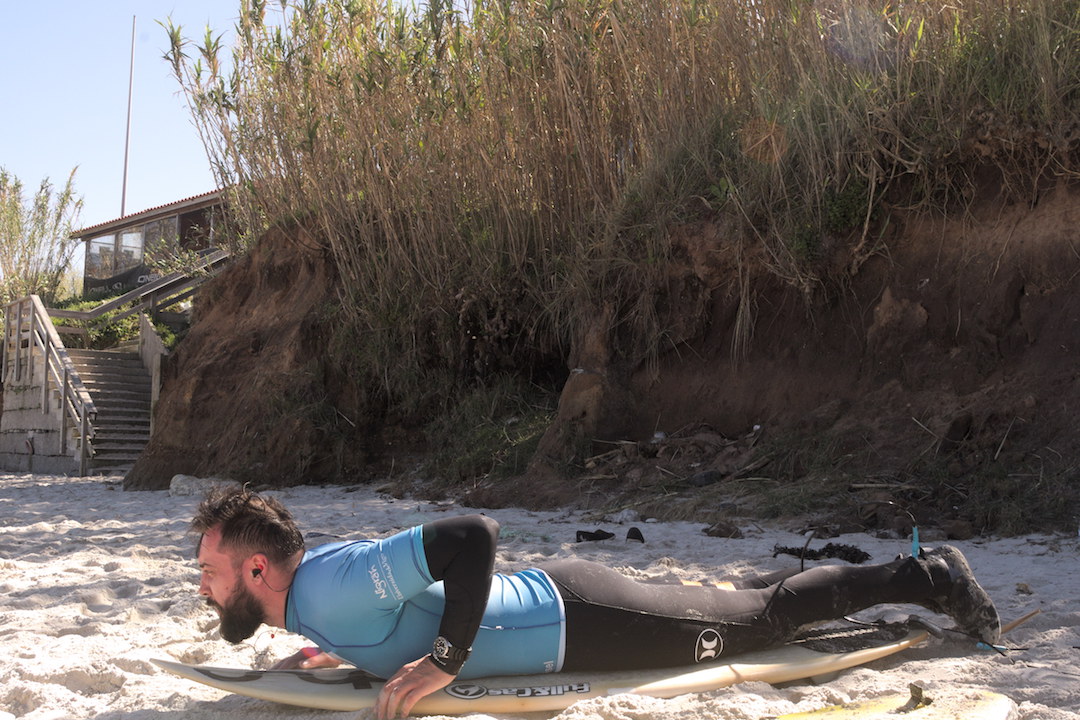
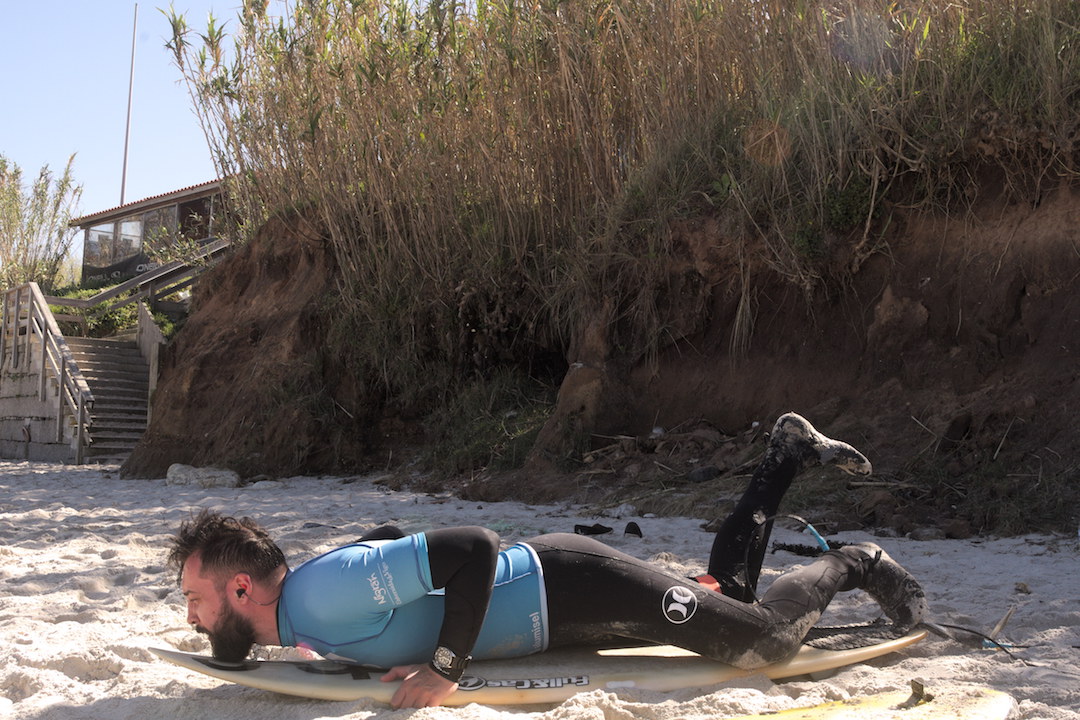
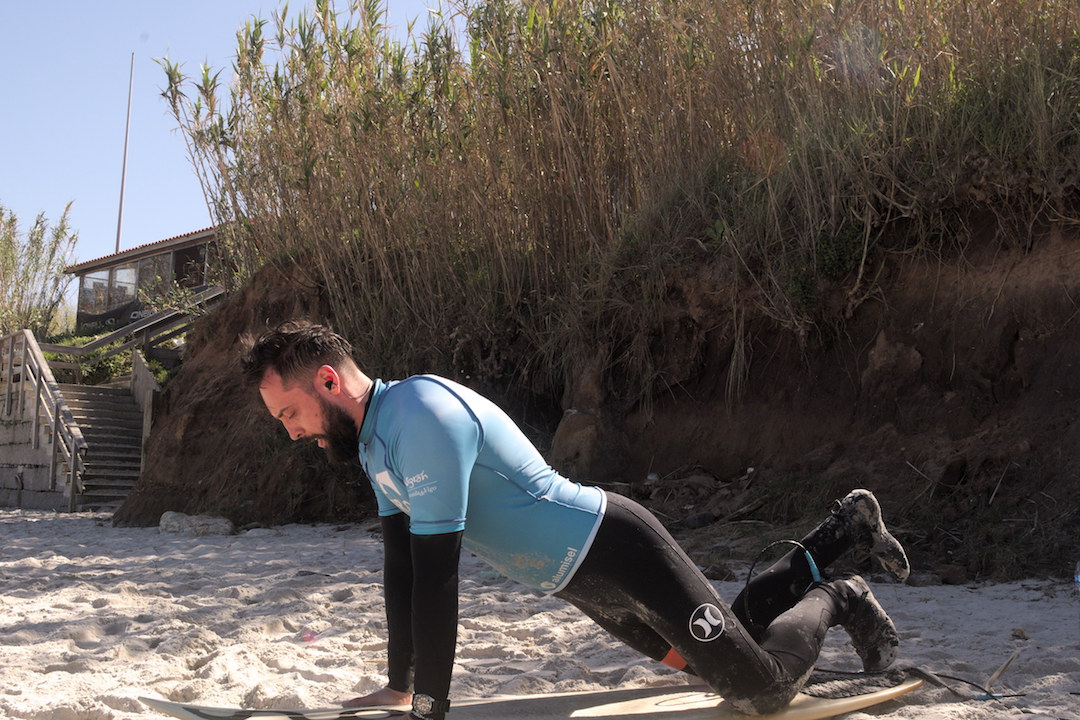
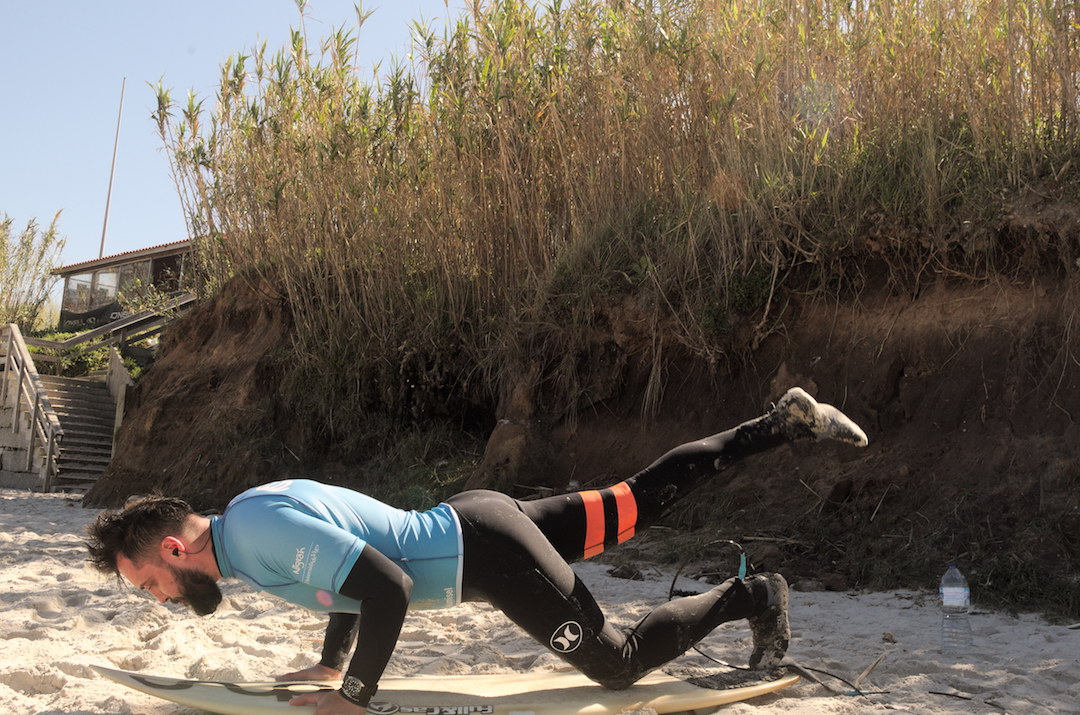
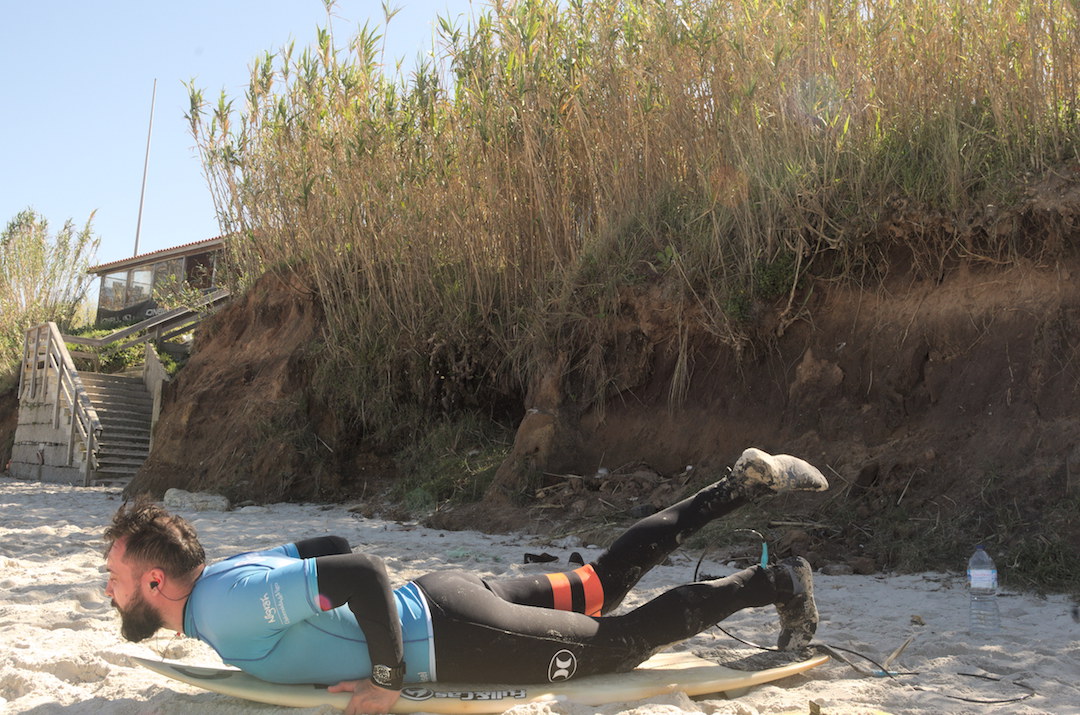
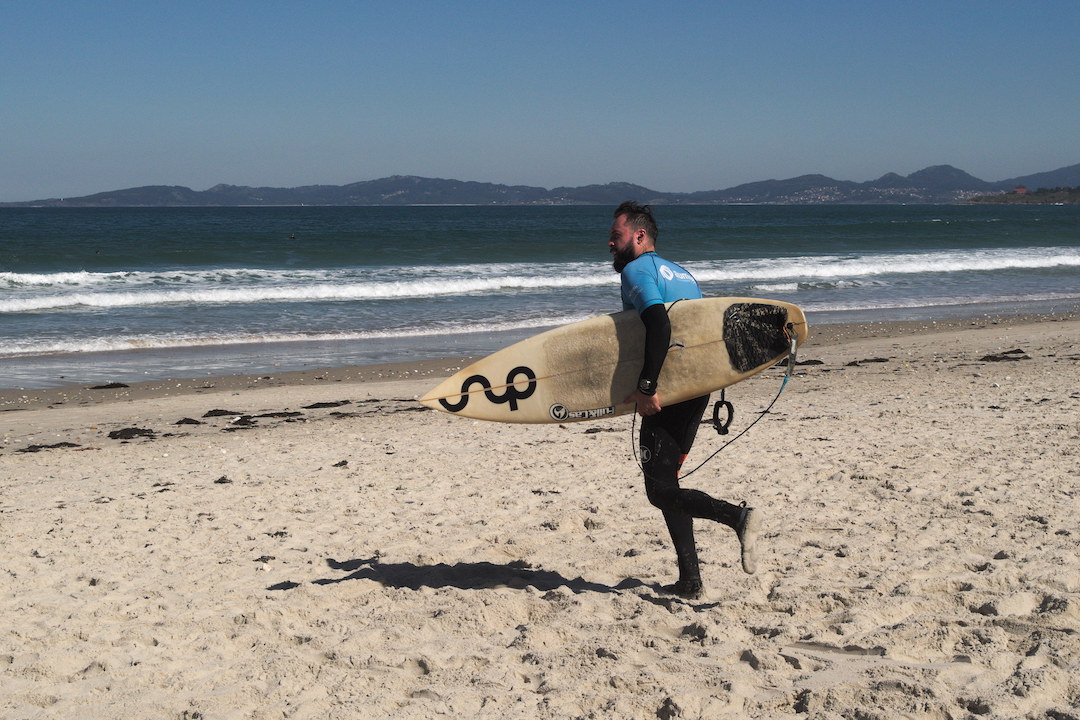
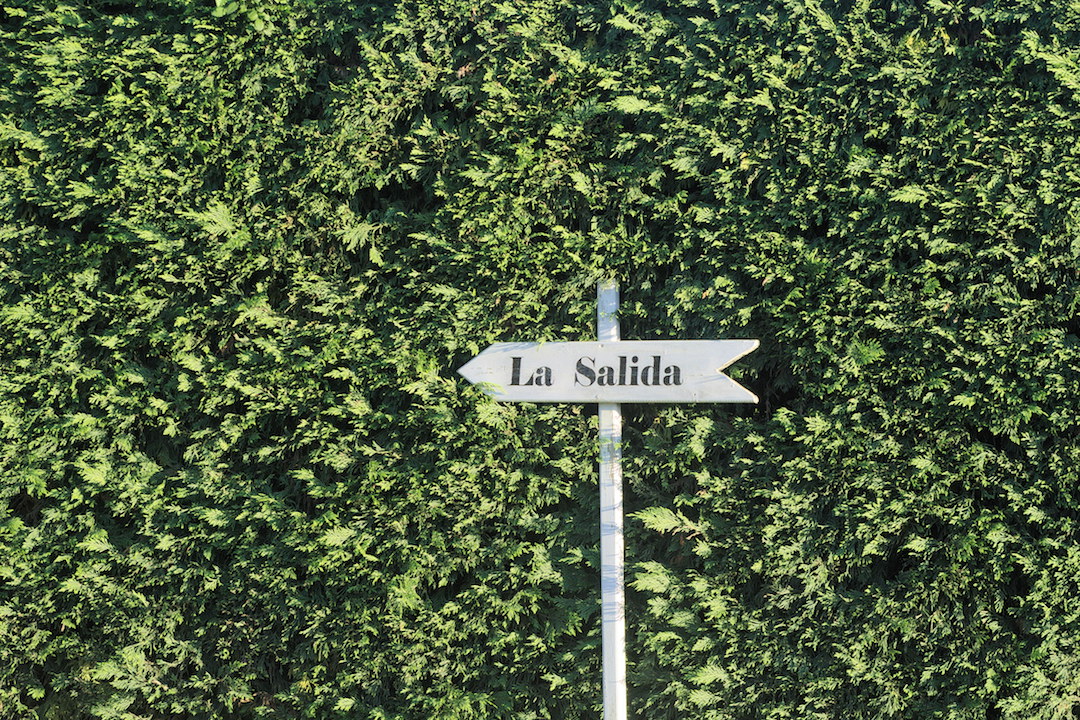
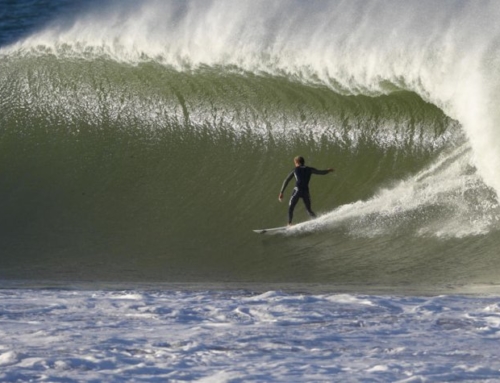
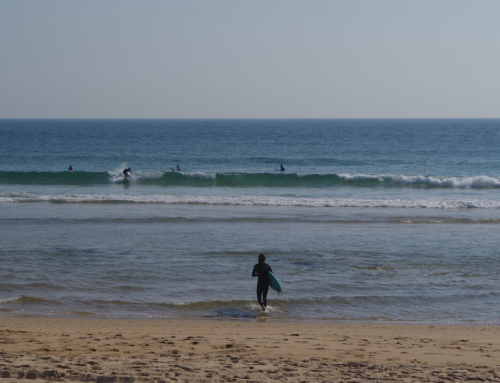
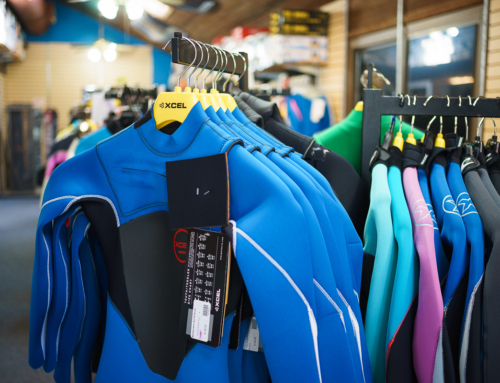
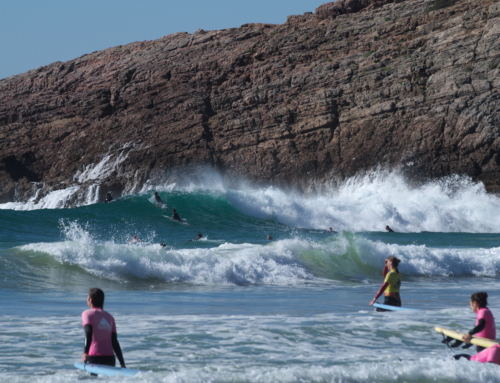
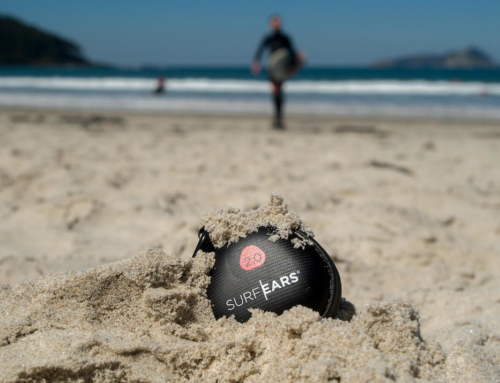
[…] Source link […]